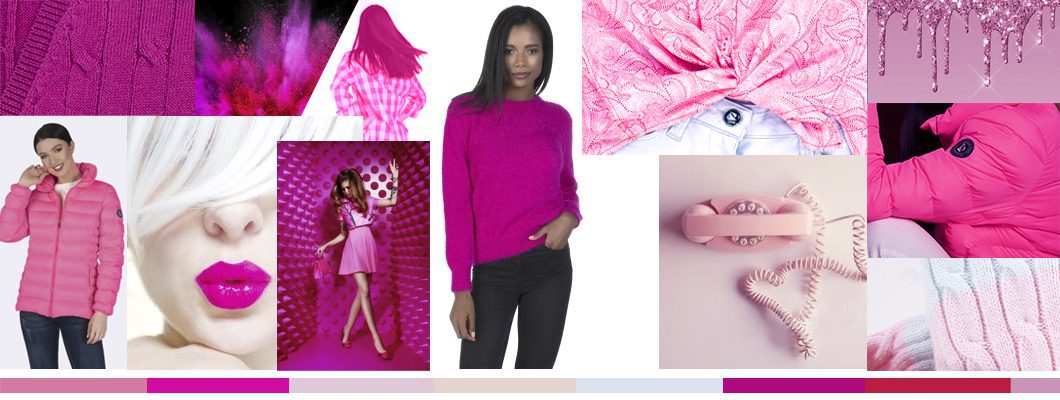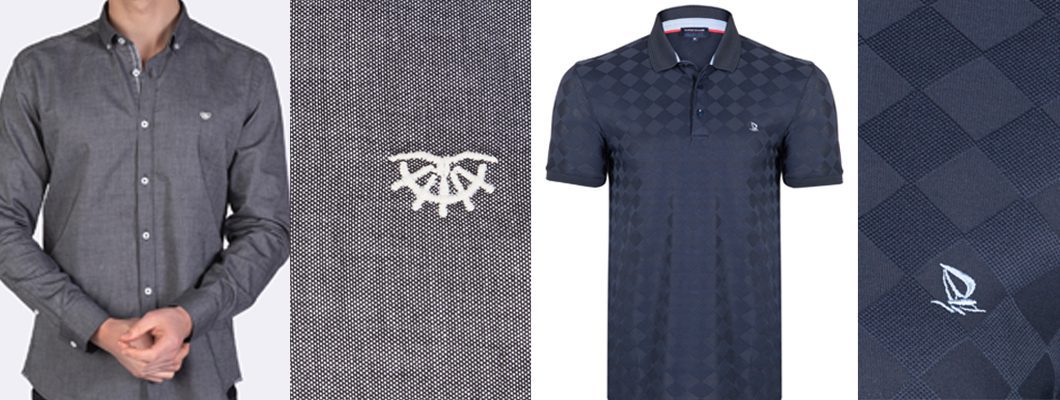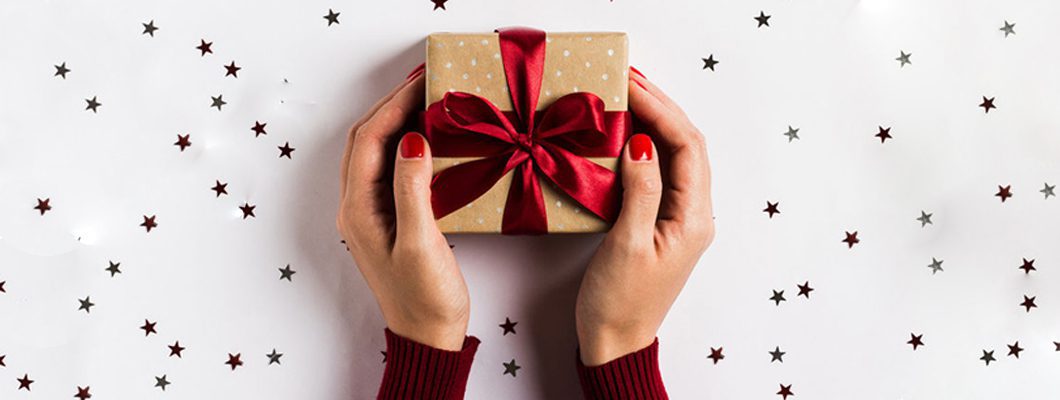How Does Pink Make You Feel?
Color psychology suggests that different colors can have an impact on our moods, feelings, and even behaviors. The color pink, for example, is thought to be a calming color associated with love, kindness, and femininity.
Many people immediately associate the color with all things feminine and girly. It might also bring to mind romance and holidays such as Valentine’s Day. Some shades of pale pink are described as relaxing, while very bright, vibrant shades can be stimulating or even aggravating.
The Color Psychology of Pink
There are a few things to note about the psychology behind the color pink:
Pink is essentially a light red hue and is typically associated with love and romance.
Pink is thought to have a calming effect. One shade known as “drunk-tank pink” is sometimes used in prisons to calm inmates. Sports teams sometimes paint the opposing team’s locker room pink to keep the players passive and less energetic.
Pink is often described as a feminine color, perhaps largely due to associations, people form during early childhood. “Girls toys” are usually pink and purple, while “boys toys” are often red, yellow, green, or blue.
Since the color is so strongly associated with femininity, people sometimes associate the color with qualities that are often thought of as feminine, such as softness, kindness, nurturance, and compassion.
The pink color is also used by the fashion style icon.
Bright fluorescent colors were seen in all cities this season. Milan introduced a variety of romantic pink tones to its street style looks. Stretching from highlighter pink to a soft baby pink, this fashion show participants felt ultra-feminine in pink tones.
In the season ahead, we will often see the warm tones of pink color.









